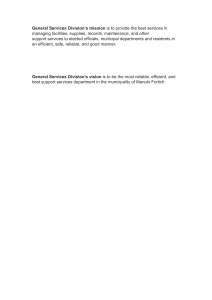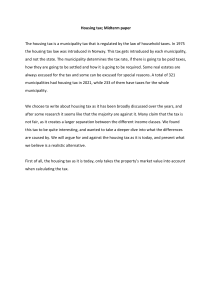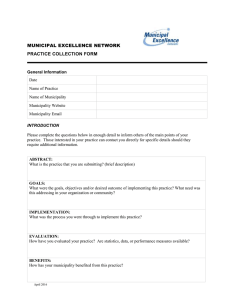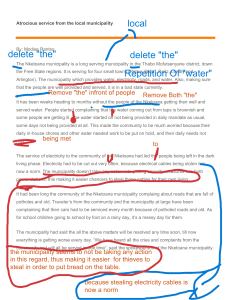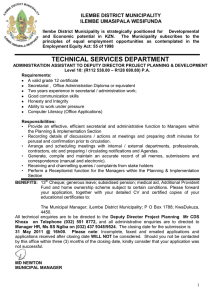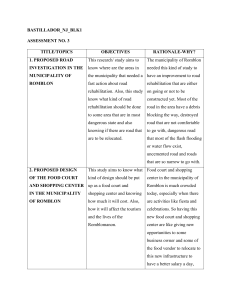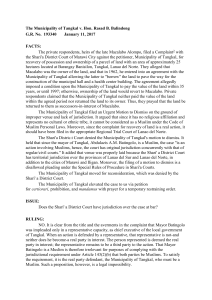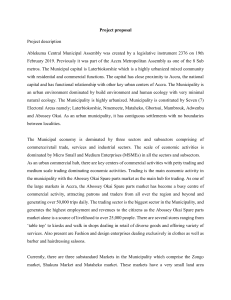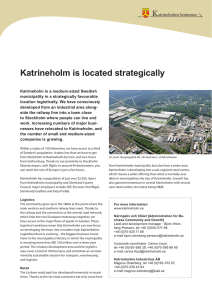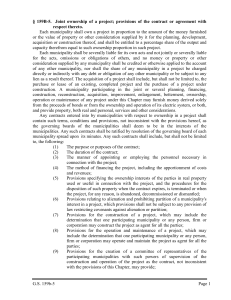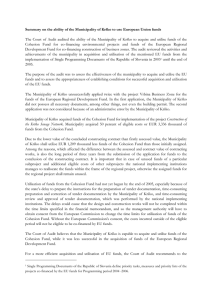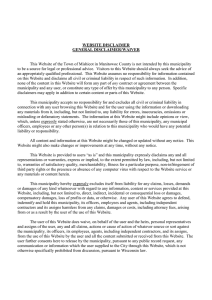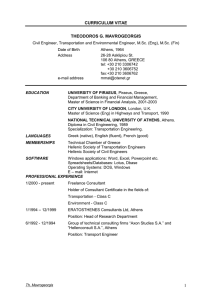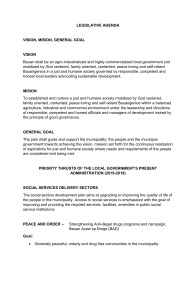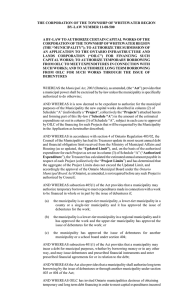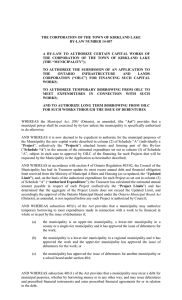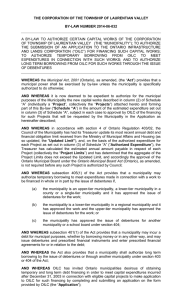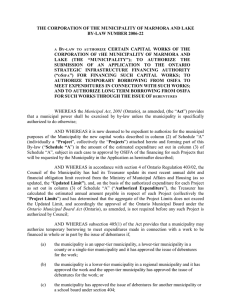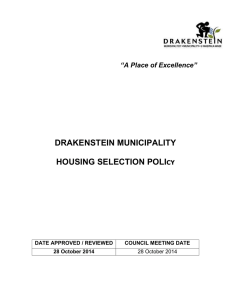The following is intended to give students a way to... the rhetorical moves, students move systematically through a thinking process...
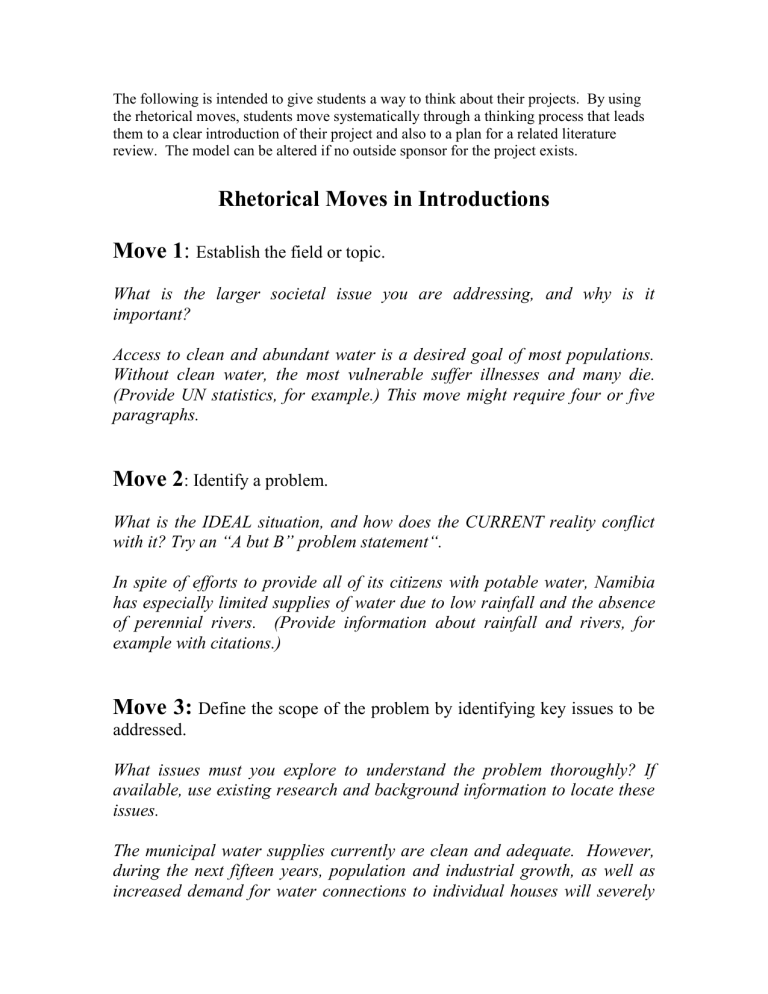
The following is intended to give students a way to think about their projects. By using the rhetorical moves, students move systematically through a thinking process that leads them to a clear introduction of their project and also to a plan for a related literature review. The model can be altered if no outside sponsor for the project exists.
Rhetorical Moves in Introductions
Move 1
:
Establish the field or topic.
What is the larger societal issue you are addressing, and why is it important?
Access to clean and abundant water is a desired goal of most populations.
Without clean water, the most vulnerable suffer illnesses and many die.
(Provide UN statistics, for example.) This move might require four or five paragraphs.
Move 2
: Identify a problem.
What is the IDEAL situation, and how does the CURRENT reality conflict with it? Try an “A but B” problem statement“.
In spite of efforts to provide all of its citizens with potable water, Namibia has especially limited supplies of water due to low rainfall and the absence of perennial rivers. (Provide information about rainfall and rivers, for example with citations.)
Move 3:
Define the scope of the problem by identifying key issues to be addressed.
What issues must you explore to understand the problem thoroughly? If available, use existing research and background information to locate these issues.
The municipal water supplies currently are clean and adequate. However, during the next fifteen years, population and industrial growth, as well as increased demand for water connections to individual houses will severely
stress the ability of the municipalities to supply water. Moreover, demand is affected by current water practices and policies nationwide (Provide statistics, with citations, about projected Namibian population and industrial growth and anticipated changes in demand for water connections to individual houses and policies and practices promoted by the national government.)
Move 4:
Create a research space by: a) indicating a gap in previous research, b) indicating a possible extension.
Sum up what we currently know and what we still need to know. Where /in what way can your project extend our understanding of the problem?
The Municipality of X is undertaking a strategic planning exercise that will result in a five year plan for the management of water demand. In order to formulate recommendations, it needs to assemble and analyse data in many areas including those mentioned above. However, no one has addressed the relationship of those data and recent trends related to the local water table to the existence or absence of a national water policy.
Move 5:
Introduce current research by a) stating its purpose, b) explaining the nature of it, and c) justifying it.
What is your purpose? What specific question/s will you answer? What is your general approach? Why is this approach the appropriate one? What difference will it make?”
This project will identify the sources of relevant data, synthesize them, and identify the current practices and policies that act as facilitators and obstacles in projecting water demand for the Municipality of X. This investigation should help the municipality to develop a water demand policy.
Some of the data will be found at the municipal offices, other data will be found in the national government’s offices in Windhoek, and some data will be collected through interviews with government officials and through a survey of local industries. The interviews and surveys are a necessary part
of the data collection because the central government may not have data on planned industrial expansion by individual companies already operating.
Government officials, too, should be able to shed light on the myriad policy issues that exist. It will be necessary to triangulate the data to the extent that is possible. By synthesizing the available information, the municipality of X will be able to correct its projections for water demand and develop a policy and rationale for managing the demand.
